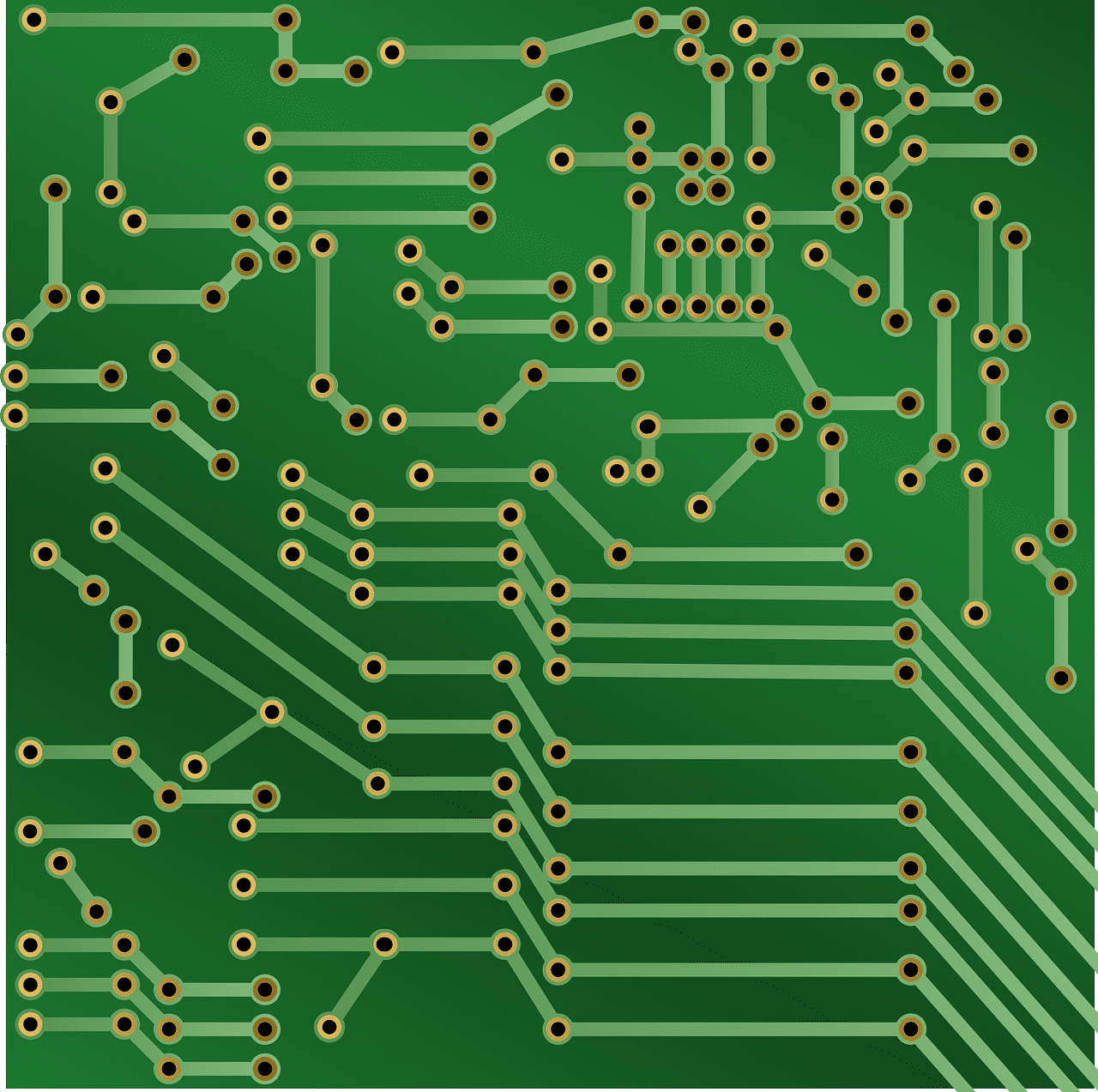
Ever dreamed of being the brain behind the next big invention? It’s more than just thinking of what it takes to get there. Before Apple, Microsoft, and IBM became famous, its founding fathers had a deep understanding of one thing — electronics.
Whether you want to create smarter gadgets, create more innovative IoT devices, or develop AI-powered systems that haven’t existed yet, electronics sit at the heart of it all. So, which ones should you be focusing on?
Here are five electronics you should dive into if you want to turn your ideas into reality.
1. Microcontrollers
Microcontrollers give consciousness to gadgets. These tiny chips exist in the smartest devices: fitness trackers, mobile phones, drones, etc. Learning how to work with them can be a good beginning of your journey. Tap into videos about programming Arduino and Raspberry Pi.
With the starter knowledge you can get from the above microcontrollers, you can gradually move to control sensors, motors, PCB assemblies, and displays.
Do baby steps with an easy-mode project, like making an LED blink, before you move to more complex projects like robotics. In no time, you can create your own digital voltmeter, humidity counter, plant watering system, and home automation. As mentioned, Arduino and Raspberry Pi can help you a lot on this.
2. Sensors
Sensors are what connect electronics to the real world. They are also the key to real-time processes. They measure everything—temperature, light, motion, sound, you name it.
Sensors in embedded systems can save lots of time and human resources. They are used in many industrial settings to perform automatic health checks on machines and identify whether some units require repair or maintenance.
If the gizmo you have in mind is automated or interactive, you’ll need a sensor or two. Thus, you need to learn them quickly to catch up with today’s geniuses. Pair them with microcontrollers, and you’re halfway to inventing something awesome.
Experiment with ultrasonic sensors for motion detection.
Try working with light sensors for automatic lighting systems.
Sensors make your projects dynamic and responsive, which is where the magic begins.
3. Printed Circuit Boards (PCBs)
You can’t create a money-printing invention without a solid understanding of PCBs. These are what turn your messy prototype of wires and breadboards into something professional and reliable. Printed circuit boards house all your components, connecting them with precision to ensure your design works consistently.
There are many types of printed circuit boards, and one of the most used is the multilayer kind. These are compact PCBs with heat-dissipating mechanisms, making them a perfect component for devices so they won’t overheat. As tech grows, so do the advancements in PCBs, and it’s only a matter of time before we get introduced to printed circuit boards that are resistant to harsh elements and, at the same time, compact and durable.
Learn PCB design software like KiCad or Eagle from YouTube videos. Once you’ve mastered this, you can create devices that are not only functional. You can also craft prototypes that are ready for mass production. If you want to move on a larger scale, you will need the assistance of companies like ELE PCB.
4. Power Electronics
No invention works without power. Thus, it’s crucial to get your head wrapped around power electronics as quickly as possible. Fortunately, it’s easy to understand even though the subject seems very intimidating.
Here, you’ll learn how to deal with batteries, power supplies, energy harvesting, and more. This becomes especially important for portable or energy-efficient devices.
Like what we did above, the starting point is designing a basic power supply circuit. This is something a high school student can do, so it should be an easy milestone to achieve. From here, take the difficulty up a notch by building battery management systems and solar-powered gadgets.
The better you understand power electronics, the more efficient your designs will be.
5. Wireless Communication Modules
Today’s tech is all about being connected, and the world no longer wants tangling cables. Thus, wireless tech is the sure way to go if you want to launch a billion-dollar tech company. Look around for tech that’s still operated by cable wires and check if you can transform them into wireless devices.
Mastering these modules will allow you to create smart, connected devices that stand out.
Use Bluetooth modules for short-range communication in IoT devices.
Experiment with LoRa for long-range, low-power applications.
Learning how to set up and code wireless communication opens up a world of possibilities for your inventions.
The next money-printing tech idea could be in your head, and there’s no better time to invest in learning about electronics than today. With these five electronics areas, you’ll be more than ready to test the waters and potentially come up with a world-saving technology that’ll retire your entire bloodline.





